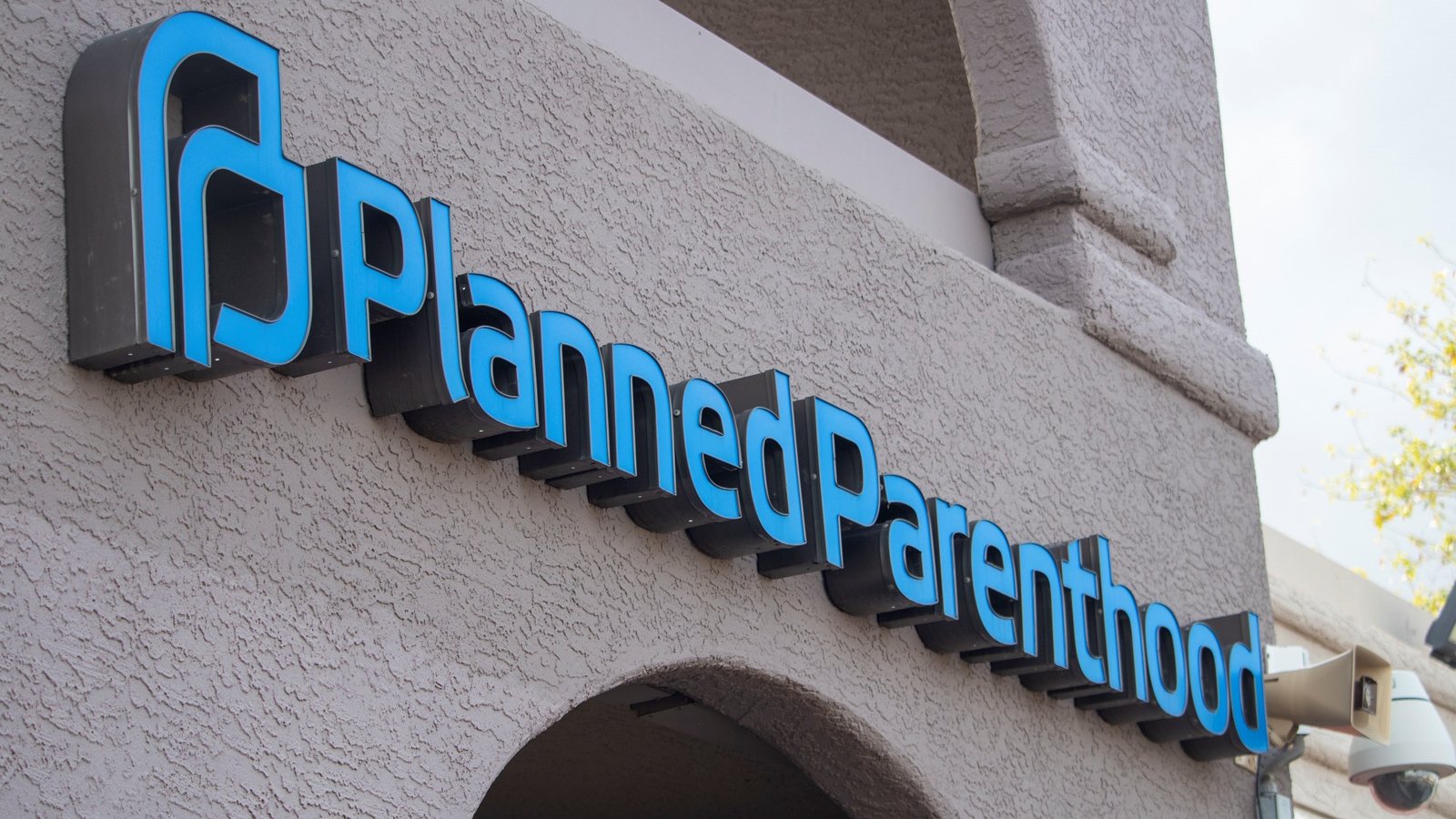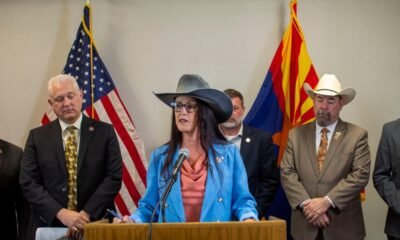2024 election
‘Perfect Storm’ of Crises Knocks Abortion Care Off Balance, Advocates Warn

Advocates for abortion access are sounding the alarm over a confluence of crises that threatens the viability of reproductive care. Economic burdens stemming from rising costs, coupled with an increase in abortion restrictions following the Supreme Court’s Dobbs v. Jackson Women’s Health Organization ruling in June 2022, have created significant funding shortages for organizations supporting abortion services.
Many stakeholders describe the current situation as a “perfect storm.” Increased demand for abortion services forces individuals to travel extensive distances to access care. This consolidation of patients at fewer clinics has led to longer wait times, heightening health risks and escalating costs. Leaders from Planned Parenthood and various abortion funds emphasize the urgent lack of financial resources to meet spiraling needs. A recent report from #WeCount revealed a rise in abortions, with over 102,000 reported in January alone.
Abortion fund directors across the nation have expressed concerns about plummeting donations. Many organizations are struggling to assist those grappling with the financial challenges of obtaining abortion care, particularly in states where laws have become extraordinarily restrictive. Every southeastern state now falls into this category.
Notably, Planned Parenthood of Northern New England indicated a projected funding shortfall of approximately $8.6 million over the next three years. Just days later, Planned Parenthood of Greater New York announced it would temporarily halt abortion services at or beyond 20 weeks due to financial difficulties stemming from earlier this year. Furthermore, the National Abortion Federation reported that it had provided financial assistance for over 60,000 abortions in just six months, amounting to around $6 million monthly, but has since reduced patient grants from 50% to 30% of the cost of care.
In Florida, post-Dobbs turnaround regarding donations has been stark. The Florida Access Network reported a steep decrease in contributions—dropping from $200,000 in the month following the Dobbs decision to just $40,000 after the state’s supreme court cut the allowed abortion window from 15 weeks to six. Executive Director Stephanie Loraine Piñeiro attributed this decline to donor burnout.
Despite the increase in fundraising efforts, local affiliates of Planned Parenthood are facing unprecedented challenges. Nicole Clegg, interim CEO of Planned Parenthood of Northern New England, pointed out that the affiliate, which serves Maine, Vermont, and New Hampshire, is now accommodating patients from states with stricter abortion laws. The stigma surrounding these services combined with inadequate reimbursement from insurance providers has strained operational margins, raising concerns about sustainability.
Healthcare spending has risen dramatically, with a KFF analysis citing an increase from $1.4 trillion in 2000 to $4.5 trillion in 2022. Factors such as an aging population, chronic conditions, inflation, and expanded insurance coverage contribute to these escalating costs. Legislative obstacles—including stalled appropriation bills—also hinder funding prospects for family planning in states like Maine and New Hampshire, further compounding challenges for local affiliates.
Planned Parenthood Great Northwest reported similar financial struggles, citing adverse political climates as a contributing factor. The rising workload due to restrictive laws in states like Idaho, which has a near-total abortion ban, exacerbates an already tense situation for providers, as patient numbers rise across state lines.
The Abortion Care Network also faces funding difficulties, highlighting the crucial need to maintain infrastructure for independent abortion clinics. With these clinics comprising the majority of services provided after 22 weeks of pregnancy, their sustained support is essential. Co-executive director Erin Grant pointed out that while requests for assistance remain steady, donations have fallen sharply, compromising the ability to support clinics adequately.
Calls for increased donations coincide with urgent warnings from various abortion funds about the growing need for financial support. As the National Abortion Federation adjusts its funding allocations, many organizations express concern about the timing amid political uncertainties. With a presidential election on the horizon, advocacy leaders fear repercussions for reproductive rights funding could intensify should Republicans gain control.
The broader implications of social and political dynamics become increasingly pressing. Funding strategies, donor engagement, and state policies intersect with public perceptions and electoral outcomes. Clegg emphasized the necessity of public involvement in bolstering funding, highlighting that the outcome of the November election could further dictate future access to reproductive health services.


















